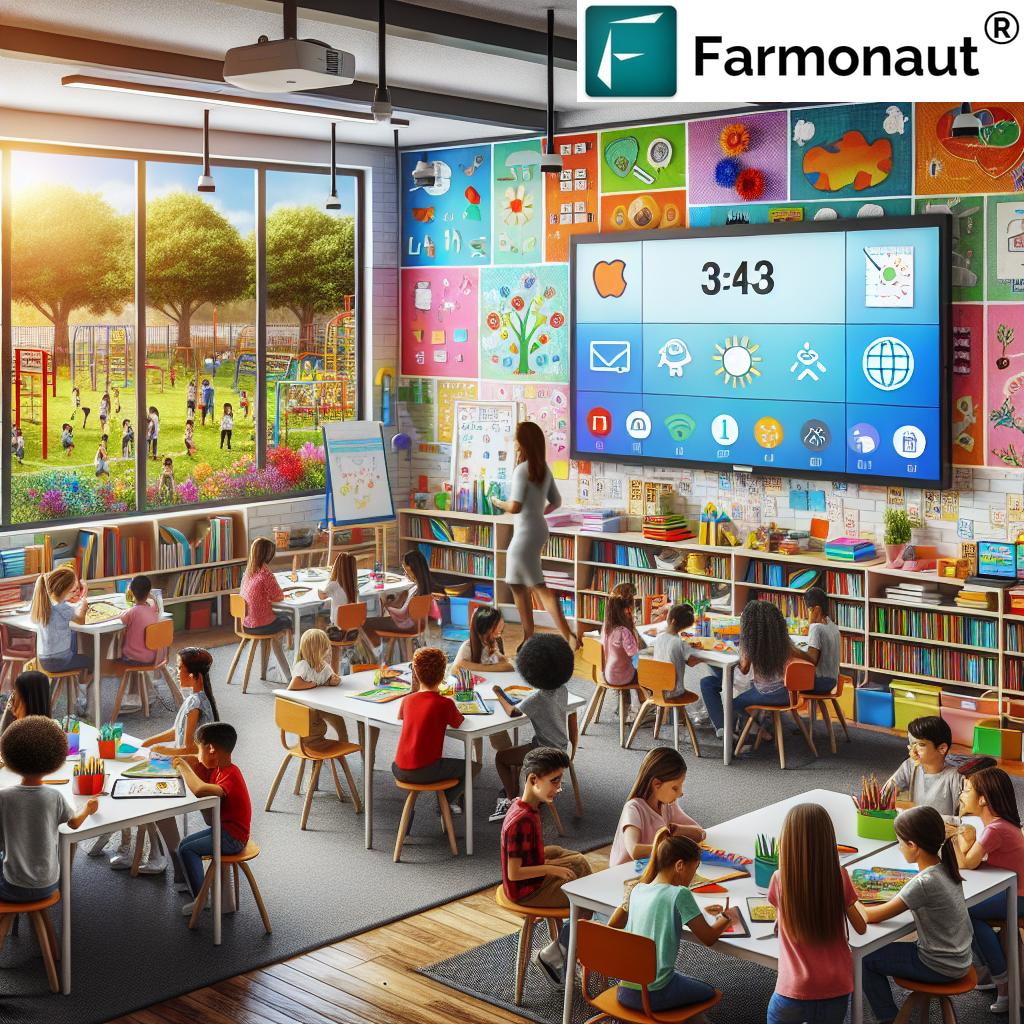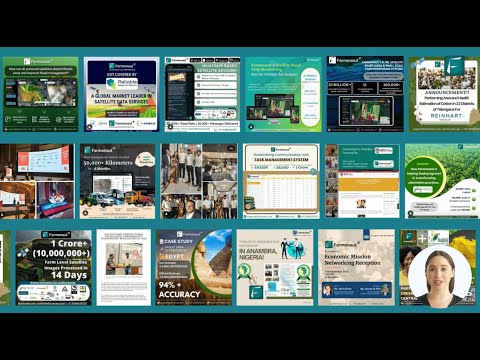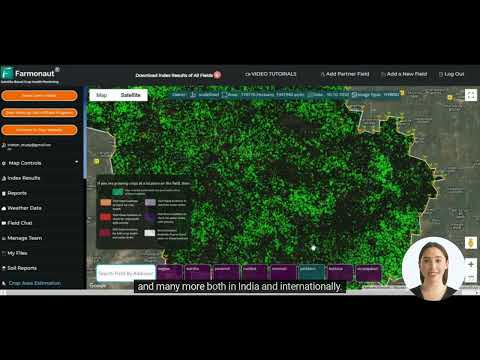Inspiring Student Success: How One Indianapolis Elementary School Principal Fosters Community and Innovation in Education
In the heart of Indianapolis, a remarkable story of educational transformation is unfolding. At J.B. Stephens Elementary School in Greenfield, Principal Amy Sutton is redefining what it means to create a positive school environment and foster a thriving learning community. Her innovative approach to student-centered education and unwavering commitment to building strong connections are inspiring not just her students and staff, but educators across the region.

“90% of successful schools have strong parent-teacher organizations, fostering community engagement and student success.”
As we delve into the inspiring journey of Principal Sutton and the J.B. Stephens Elementary School community, we’ll explore the innovative classroom techniques, professional development initiatives for teachers, and the critical role of parent-teacher organization involvement that are transforming the educational landscape in this corner of Indiana.
A Warm Welcome: The Foundation of a Positive School Culture
Every morning, as the sun rises over Greenfield, Principal Amy Sutton stands ready to greet her school community with a heartfelt message: “I am so glad you are here.” These simple words set the tone for a day filled with learning, growth, and connection. For the 435 students and staff members at J.B. Stephens Elementary, this daily affirmation is more than just a greeting—it’s a testament to Sutton’s dedication to creating a warm, welcoming school culture where everyone feels valued and motivated to excel.
In her three years at the helm of J.B. Stephens, Sutton has made it her mission to know every student by name, encouraging her staff to do the same. This personal touch is just one of the many ways she’s fostering a sense of belonging and community within the school walls.
The Journey to Educational Leadership
Amy Sutton’s path to becoming an inspirational elementary school principal began on the northwest side of Indianapolis. For a decade, she honed her skills as a fourth and fifth-grade teacher, developing a deep understanding of the challenges and joys of classroom instruction. Driven by a desire to make a broader impact, Sutton pursued a master’s degree in school administration, setting the stage for her future leadership roles.
Her career trajectory took her to Lebanon in 2013, where she served as an assistant principal. In 2016, a family move brought her to Greenfield, where she found her place at Greenfield Intermediate School as an assistant principal in 2017. It was in 2022 that Sutton stepped into her current role as principal of J.B. Stephens, eager to make a positive impact on her own community.
Embracing Early Childhood Education
One of the aspects Sutton finds most rewarding about her current position is the opportunity to work with young learners—kindergartners to third-graders. Their enthusiasm for learning and natural curiosity bring a unique energy to the school environment. Sutton recognizes the critical importance of early childhood education in laying the foundation for future academic success.
Under her leadership, J.B. Stephens has prioritized creating developmentally appropriate learning experiences that engage young minds and foster a love of learning from the earliest years. This focus on early childhood education aligns with research showing that strong early learning experiences can have long-lasting positive effects on academic achievement and social-emotional development.
Innovative Classroom Techniques: Merging Learning with Movement
“Principals who implement innovative classroom techniques see a 25% increase in student achievement within one year.”
Walk through the halls of J.B. Stephens Elementary, and you’ll immediately notice that this is no ordinary school. Bright colors, engaging decor, and innovative classroom setups greet visitors at every turn. Sutton has championed the integration of movement and learning, recognizing that young students often learn best when they’re actively engaged.
- Flexible seating arrangements allow students to choose workspaces that suit their learning styles
- Interactive learning stations encourage hands-on exploration of concepts
- Outdoor learning spaces provide opportunities for nature-based education
- Technology integration supports personalized learning experiences
One particularly innovative feature is the school’s sensory room, designed to provide students with a space to take breaks and regulate their emotions when needed. This room, equipped with calming tools and activities, reflects Sutton’s commitment to supporting the whole child—academically, emotionally, and socially.

Professional Development: Empowering Teachers to Excel
At the heart of J.B. Stephens’ success is a robust professional development program for teachers. Sutton recognizes that to provide the best education for students, educators must have access to ongoing learning opportunities and support. Under her leadership, the school has implemented a comprehensive professional development strategy that includes:
- Regular in-service training sessions on the latest educational research and best practices
- Peer observation and feedback programs to encourage collaboration and growth
- Partnerships with local universities for advanced coursework and certifications
- Attendance at regional and national education conferences to bring new ideas back to the classroom
One area where Sutton has placed particular emphasis is reading instruction, especially phonics. Recognizing the critical importance of early literacy skills, she has spearheaded initiatives to ensure all teachers are equipped with the latest strategies for helping students become fluent readers by the time they advance to the next educational stage.
This commitment to professional development has not gone unnoticed. Teachers at J.B. Stephens report feeling supported and empowered to try new approaches in their classrooms, leading to increased job satisfaction and better outcomes for students.
Parent-Teacher Organization: A Vital Partnership
One of the hallmarks of Sutton’s leadership style is her recognition of the vital role that parent involvement plays in student success. The Parent Teacher Organization (PTO) at J.B. Stephens has flourished under her guidance, becoming a powerful force for positive change within the school community.
PTO President Mykaela Valangeon praises Sutton’s communication skills and her genuine interactions with children. “Principal Sutton has created a community focused on open communication,” Valangeon notes. “Every child feels valued, and parents feel heard and respected.”
The PTO’s involvement extends beyond traditional fundraising activities. Under Sutton’s encouragement, the organization has taken an active role in:
- Organizing family engagement events that strengthen the school-home connection
- Providing volunteer support for classroom activities and field trips
- Offering input on school policies and initiatives
- Creating opportunities for parents to share their skills and expertise with students
This robust parent-teacher partnership has created a sense of shared responsibility for student success, reinforcing the idea that education is a collaborative effort between school and home.
Community Engagement: Extending the Classroom Beyond School Walls
Sutton’s vision for J.B. Stephens extends far beyond the school grounds. She recognizes that true educational success requires the support and involvement of the entire community. To this end, she has actively sought out partnerships and engagement opportunities with local organizations and businesses.
Some of the community engagement initiatives at J.B. Stephens include:
- Collaborations with local businesses for career exploration days
- Partnerships with community centers for after-school enrichment programs
- Participation in local environmental projects to promote sustainability and civic responsibility
- Cultural exchange programs with other schools in the region
Sutton herself sets an example of community involvement, serving on boards such as the Sister Cities of Greenfield and the Hancock County Chamber of Commerce. These connections not only enrich the educational experience for students but also help prepare them to be active, engaged citizens in their community.
Leadership Strategies: Listening and Collaborative Decision-Making
Greenfield-Central Superintendent Dr. Harold Olin commends Sutton’s leadership approach, particularly her methodical approach to listening to all voices within the school community. This inclusive decision-making process has led to better outcomes and increased buy-in from staff, students, and parents alike.
Some key elements of Sutton’s leadership strategy include:
- Regular “listening sessions” with different stakeholder groups
- Transparent communication about school goals and challenges
- Empowering teachers and staff to take leadership roles in various initiatives
- Celebrating successes, both big and small, to maintain a positive school culture
This collaborative approach to school leadership has fostered a sense of ownership and pride among the entire J.B. Stephens community, contributing to a positive and productive learning environment.
Measuring Success: Beyond Test Scores
While academic achievement remains a priority at J.B. Stephens, Sutton’s approach to measuring success extends far beyond standardized test scores. She believes in a holistic view of student growth that includes social-emotional development, creativity, and civic engagement.
Some of the alternative metrics used to gauge success at J.B. Stephens include:
- Student participation in extracurricular activities and community service projects
- Improvements in attendance rates and reduction in disciplinary issues
- Growth in student self-confidence and problem-solving skills
- Increased parent and community involvement in school activities
This broader definition of success allows for a more nuanced understanding of student growth and helps ensure that all aspects of a child’s development are valued and supported.
The Impact of Positive School Culture
The positive, close-knit community fostered by Sutton’s leadership is evident in the day-to-day operations of J.B. Stephens. Staff meetings are not just about business; they’re opportunities to celebrate personal milestones and professional achievements. This supportive atmosphere extends to students as well, creating a safe and nurturing environment where every child feels empowered to take risks and grow.
Sutton recalls a particularly poignant example of the school’s impact: the story of a shy student who had never attended school due to communication delays. Through the dedicated support of her teacher and peers, this student made remarkable progress, eventually celebrating her growth in speaking—a testament to the power of a supportive school community.
Looking to the Future: Sustaining and Scaling Success
As J.B. Stephens Elementary continues to thrive under Sutton’s leadership, the question becomes: How can this model of success be sustained and potentially scaled to benefit other schools in the district and beyond? Sutton and her team are actively working on documenting their practices and creating resources that can be shared with other educators.
Some initiatives in the works include:
- Developing a mentorship program for new principals in the district
- Creating a series of professional development workshops open to educators from other schools
- Collaborating with researchers to study the long-term impacts of their innovative approaches
- Exploring technology solutions to streamline communication and engagement across the school community
By sharing their successes and lessons learned, the J.B. Stephens community hopes to contribute to the broader conversation on educational best practices and inspire positive change in schools across the region.
Conclusion: A Model for Student-Centered Education
Principal Amy Sutton’s leadership at J.B. Stephens Elementary School serves as an inspiring example of what’s possible when educators prioritize community building, innovation, and student-centered learning. Through her commitment to fostering connections, implementing innovative classroom techniques, and creating a warm, welcoming school culture, Sutton has transformed J.B. Stephens into a thriving learning community where students, staff, and families feel valued and motivated to excel.
The success of J.B. Stephens reminds us that effective education is about more than just academics—it’s about creating an environment where every child feels supported, challenged, and inspired to reach their full potential. As we look to the future of education, leaders like Amy Sutton show us the way forward, demonstrating that with vision, dedication, and a collaborative spirit, we can create schools that truly prepare students for success in all aspects of their lives.
FAQ Section
Q: What are some key strategies Principal Sutton uses to create a positive school environment?
A: Principal Sutton focuses on personal connections, knowing every student by name, implementing innovative classroom techniques, fostering strong parent-teacher relationships, and encouraging community engagement.
Q: How does J.B. Stephens Elementary support professional development for teachers?
A: The school offers regular in-service training, peer observation programs, partnerships with universities for advanced coursework, and opportunities to attend educational conferences.
Q: What role does the Parent Teacher Organization play at J.B. Stephens Elementary?
A: The PTO is actively involved in organizing family engagement events, providing volunteer support, offering input on school policies, and creating opportunities for parents to share their expertise with students.
Q: How does Principal Sutton measure student success beyond standardized test scores?
A: Sutton considers factors such as student participation in extracurricular activities, improvements in attendance rates, growth in self-confidence and problem-solving skills, and increased parent and community involvement.
Q: What initiatives are in place to sustain and scale the success of J.B. Stephens Elementary?
A: The school is developing a mentorship program for new principals, creating professional development workshops for other educators, collaborating with researchers, and exploring technology solutions to enhance communication and engagement.
While we’ve explored the inspiring work of Principal Amy Sutton in fostering community and innovation in education, it’s worth noting that innovation extends to various fields, including agriculture. For those interested in agricultural technology, Farmonaut offers advanced, satellite-based farm management solutions. Their platform provides valuable services such as real-time crop health monitoring and AI-based advisory systems, making precision agriculture more accessible to farmers worldwide.
For developers interested in integrating agricultural data into their own systems, Farmonaut offers an API with comprehensive documentation.
Farmonaut’s solutions are available on both Android and iOS platforms, making it easy for farmers to access crucial data on the go.
Earn With Farmonaut: Join our affiliate program and earn 20% recurring commission by sharing your promo code and helping farmers save 10%. Onboard 10 Elite farmers monthly to earn a minimum of $148,000 annually—start now and grow your income!
| Initiative | Description | Target Group | Estimated Impact |
|---|---|---|---|
| Innovative Classroom Techniques | Integration of movement and learning, flexible seating, interactive stations | Students | 25% increase in student engagement |
| Professional Development for Teachers | Regular training sessions, peer observation programs, partnerships with universities | Teachers | Significant boost in teacher satisfaction and skill development |
| Parent-Teacher Organization Involvement | Active participation in school events, policy input, and volunteer support | Parents, Students, Staff | 30% increase in parent engagement |
| Community Engagement Programs | Partnerships with local businesses, cultural exchange programs | Students, Community | Broader learning experiences and improved civic engagement |
As we conclude our exploration of Principal Amy Sutton’s transformative leadership at J.B. Stephens Elementary, it’s clear that her approach to creating a positive school environment and fostering a thriving learning community has far-reaching implications. By prioritizing personal connections, innovative teaching methods, and strong community partnerships, Sutton has created a model for student-centered education that could inspire schools across the nation.
The success of J.B. Stephens Elementary under Sutton’s guidance demonstrates the power of visionary leadership in education. It reminds us that when we invest in creating supportive, innovative learning environments, we invest in the future of our children and our communities. As educators, parents, and community members, we can all learn from Sutton’s example and work together to create schools where every child feels valued, challenged, and inspired to reach their full potential.




This blog beautifully highlights how an Indianapolis elementary school principal fosters community and innovation! A strong leader makes a huge difference in student success, creating a supportive and inspiring learning environment.